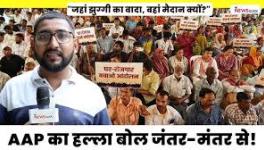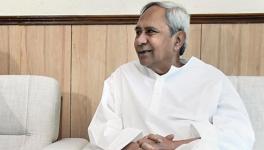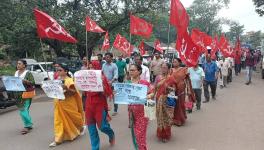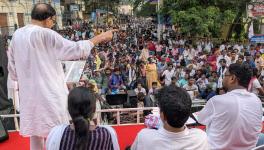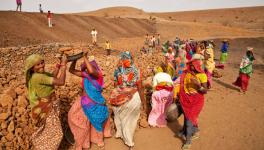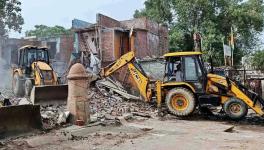Tripura & Gujarat: A Comparison of Health Coverage
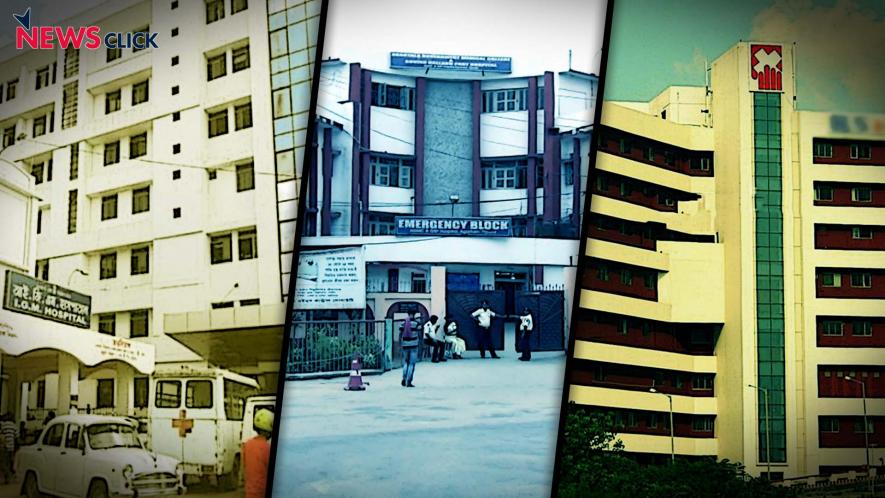
Newsclick Image by Nitesh Kumar
In remote Tripura, coverage under health schemes extends to an incredible 57-58% of the state’s population, according to the latest National Family and Health Survey (NFHS) 4, reporting for 2015-16. This is over three and a half times more than health coverage provided in Gujarat, a much richer state, often portrayed as a model of development.
Coverage under a scheme/insurance means that out of pocket expenses on health are significantly reduced. Govt. sponsored schemes are of immense help to poor families because health emergencies and routine events like deliveries are handled with much less cost to the families compared to approaching private doctors and hospitals. The world over, state supported healthcare coverage is seen as a sign of a people oriented welfare state.
Tripura has been governed by the Left Front for 25 years, with incumbent chief minister Manik Sarkar at the helm for 20 years. Gujarat has been under BJP rule continuously for the past 20 years.
Another state with long period rule by BJP is Madhya Pradesh. Here, coverage under health schemes or insurance is an abysmal 11-12% of the population.
Tripura’s record in this is enviable because it is dramatically higher than the national average of about 29% coverage, despite the remote border state being a largely agricultural dependent one, with problems of connectivity and access. Tripura has about 31% tribal population and 66% area is forested.
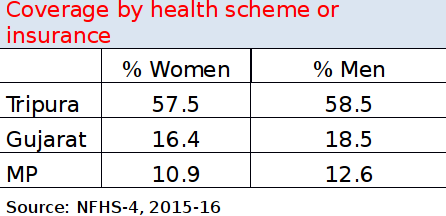
Effects of this wide coverage under state sponsored health schemes are visible in various markers. For instance, nutritional status of people is better in Tripura than in Gujarat. Over 65% of Tripura’s population has a normal Body Mass Index (BMI) compared to Gujarat’s 49% and MP’s 58%. BMI is a combination of weight and height measures calculated to indicate overall nutritional status. Too thin or too fat people, for instance, with low or high BMI respectively, will be considered vulnerable to diseases.
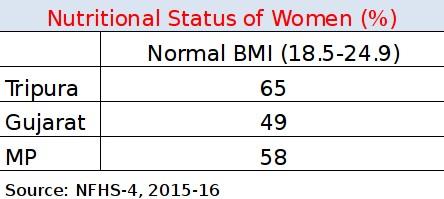
How the presence of a large population with health coverage linked to equally widespread healthcare infrastructure will affect family expenses is shown in the case of deliveries. While giving birth in a private facility will cost Rs.16,522 on an average, according to the NFHS-4 report, delivery in a public health facility will cost one fifth of that at just Rs.3198. In Tripura, more than two thirds of all deliveries take place in public facilities compared to just one third in Gujarat.
Tripura has seen one of the most massive expansions of public health infrastructures among all states in India. According to National Health Mission data, number of health sub centres in Tripura increased by 92%, primary health centres by 29% and community health centres by 10% since 2005. The all India average for these increases are 6%, 9% and 65% respectively.
Apart from this, Tripura has initiated several innovative schemes to give a helping hand to people rather than throwing them to profit hungry private hospitals. These include free tests, cheaper generic medicines than branded ones at all hospitals, transport and medical reimbursement if patient referred to medical care outside state, reimbursements for cancer patients, free dialysis, etc.
This massive expansion of public healthcare has had a salutary effect on child health also, as reviewed earlier by Newsclick.
Undoubtedly, Tripura is far ahead of ‘model’ Gujarat in terms of affordable and accessible healthcare.
Get the latest reports & analysis with people's perspective on Protests, movements & deep analytical videos, discussions of the current affairs in your Telegram app. Subscribe to NewsClick's Telegram channel & get Real-Time updates on stories, as they get published on our website.











